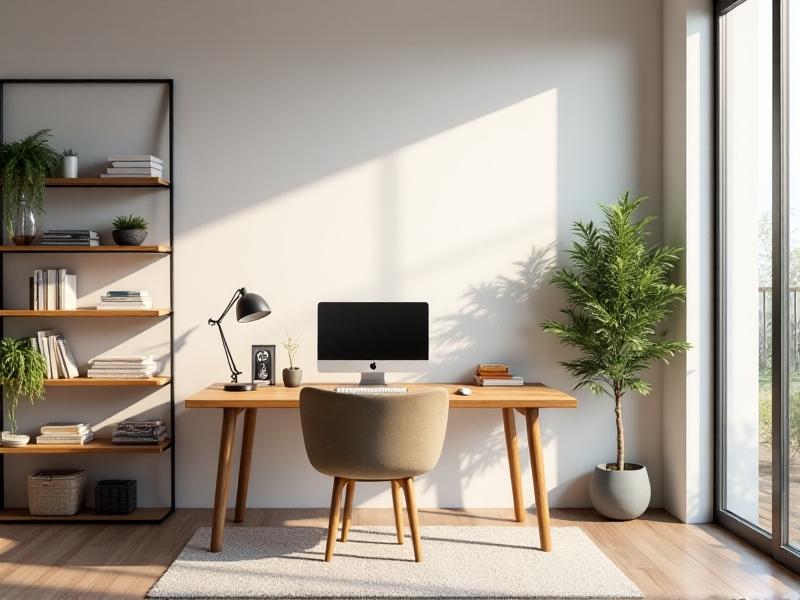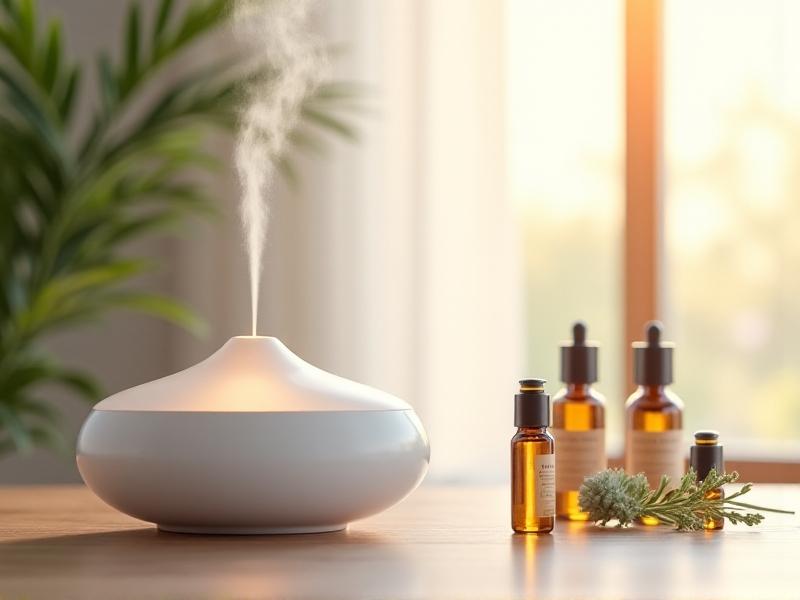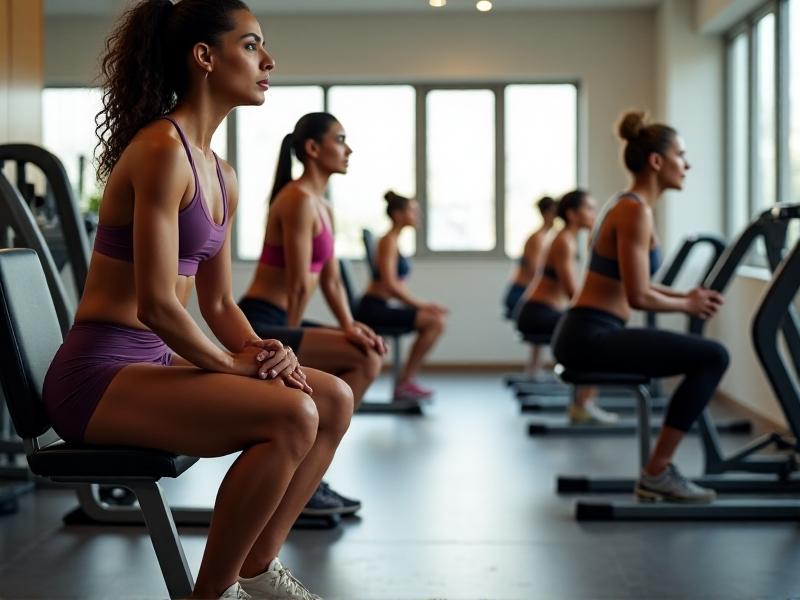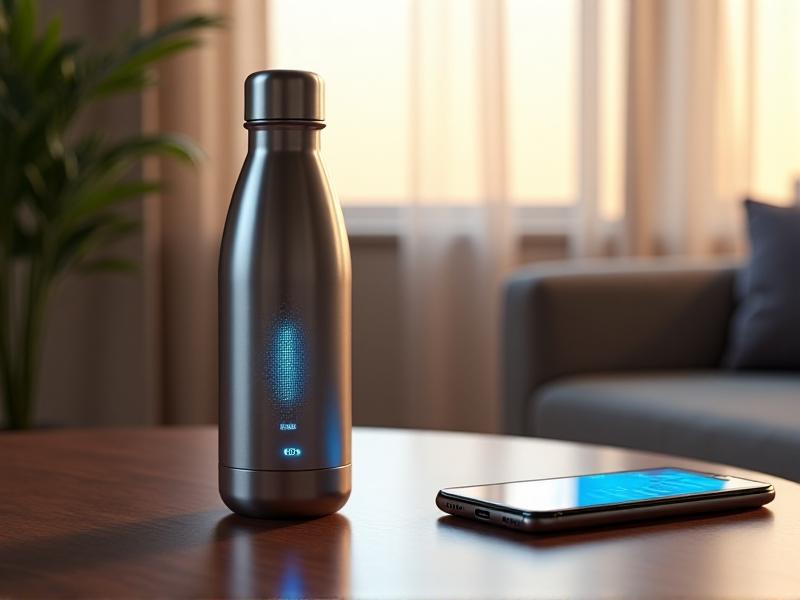Footrest Angles for Circulation
Understanding Circulation and the Role of Footrests
Proper circulation is vital for maintaining overall health, particularly in the lower extremities where blood flow can stagnate due to prolonged sitting or standing. Footrests are designed to alleviate pressure on the legs and feet by positioning them at angles that encourage venous return—the process of deoxygenated blood traveling back to the heart. When the feet rest flat or hang unsupported, gravity and muscle inactivity can lead to swelling, fatigue, or even deep vein thrombosis (DVT). A well-designed footrest promotes better alignment, reduces strain on the lower back, and helps maintain healthy blood flow by elevating the feet to an angle that supports natural leg posture.
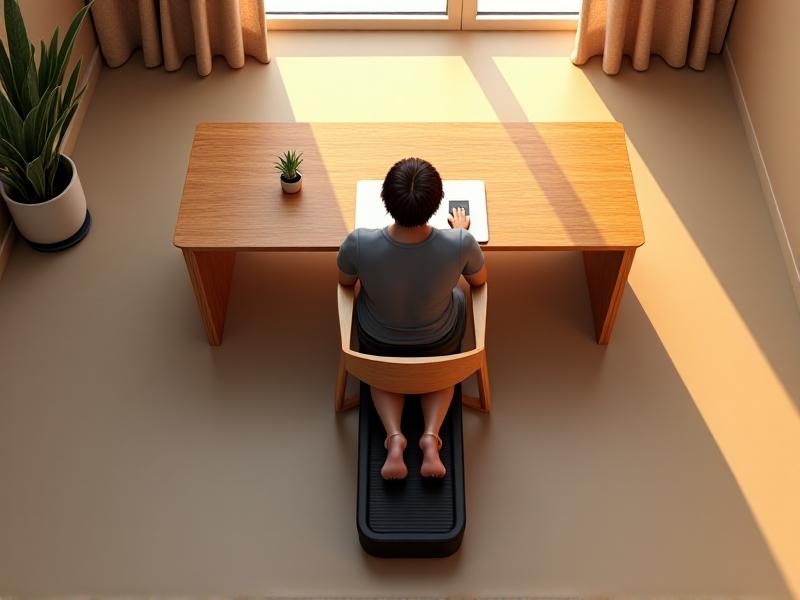
The Science of Footrest Angles and Blood Flow
Research indicates that slight elevation of the feet—between 10 to 30 degrees—can significantly improve circulation. A study published in the Journal of Ergonomics found that a 15-degree tilt reduced pressure on the popliteal artery (behind the knee) by 20%, facilitating smoother blood flow. Angles greater than 30 degrees, however, may overextend the hamstrings or tilt the pelvis unnaturally, counteracting benefits. The ideal angle varies based on individual factors like height and leg length, but the principle remains: subtle elevation helps muscles relax while keeping veins properly aligned to prevent pooling.
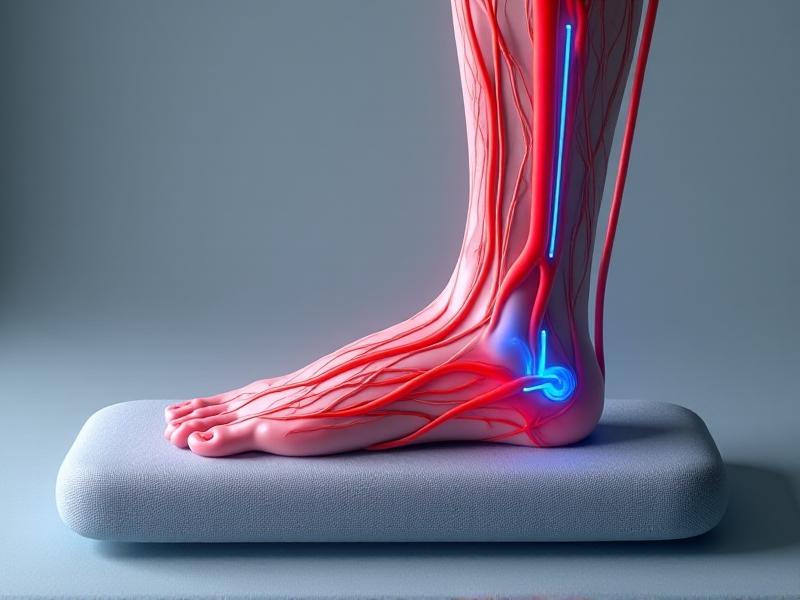
Optimal Footrest Angles for Different Postures
For office workers, a 5-15 degree angle suits upright sitting, aligning knees slightly below hips. In reclined positions, such as in a lounge chair, 20-30 degrees prevents legs from sliding forward. Standing desks benefit from low-profile footrests tilted at 10 degrees to shift weight intermittently and reduce lower back tension. Adjustable footrests are ideal, as they accommodate dynamic postures throughout the day.
Design Considerations for Effective Footrests
Key features include non-slip surfaces, adjustable tilt mechanisms, and materials like memory foam or breathable mesh. Weight distribution matters—wider bases prevent tipping, while contoured shapes cradle heels. Portable designs with lightweight aluminum frames cater to hybrid workspaces.
Ergonomic Tips for Maximizing Circulation
Pair footrests with chairs that offer lumbar support. Take micro-breaks every 30 minutes to stretch calves and wiggle toes. Avoid crossing legs, which restricts blood flow. If a footrest isn’t available, use a stacked book or small box to achieve a 5-10 degree lift.
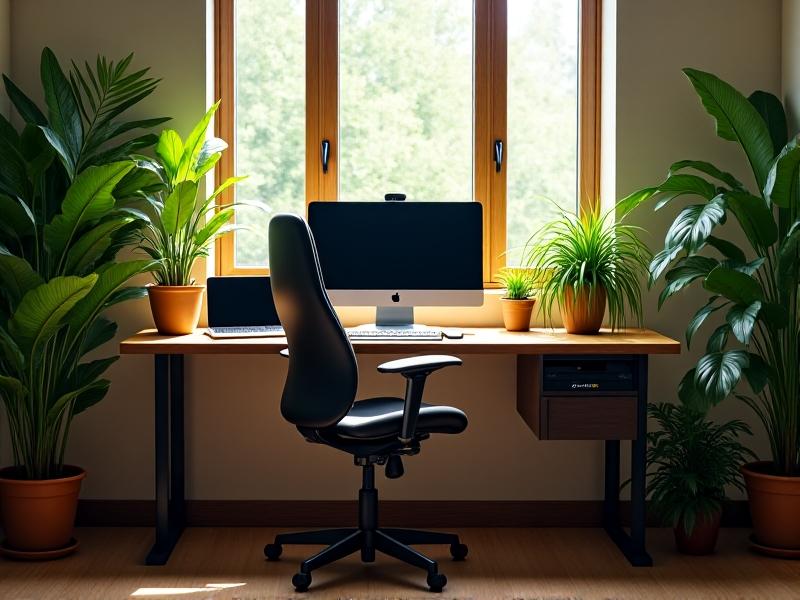
Medical Implications and Special Cases
For diabetic patients, footrests with pressure-relieving foam can prevent ulcers. Pregnant individuals benefit from higher elevation (20 degrees) to reduce edema. Post-surgery users should consult physiotherapists to avoid overextension.
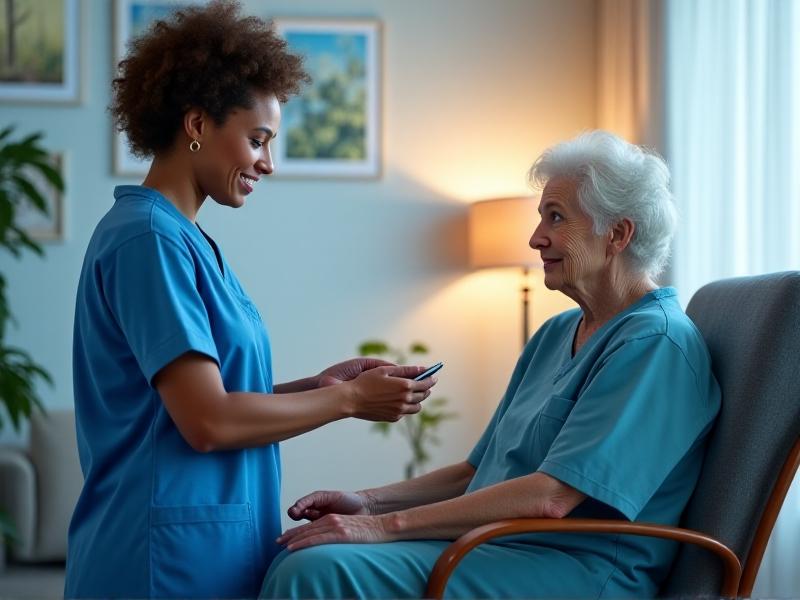
Innovations in Footrest Technology
Smart footrests with pressure sensors sync to apps that remind users to shift positions. Sustainable options use recycled plastics or organic bamboo. Modular designs attach to wheelchairs or desks, broadening accessibility.

